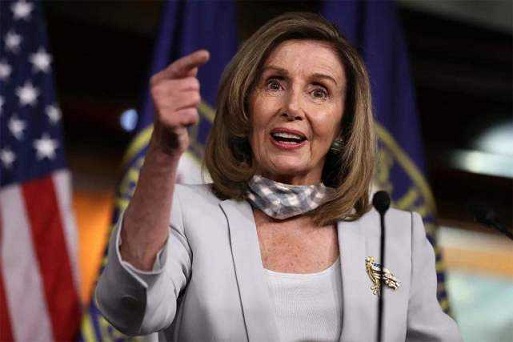China's live-fire military drills around Taiwan are threatening to disrupt trade and commercial travel in East Asia, forcing vessels to reroute away from one of the world's busiest waterways and putting further pressure on strained global supply chains.
On Thursday, China kicked off drills involving the navy, air force and other military forces in the seas and airspace surrounding Taiwan. The drills — unprecedented in number — are a direct show of force in response to US House Speaker Nancy Pelosi's visit to the self-governed island, which Beijing repeatedly warned against.
The Chinese Defense Ministry on Tuesday released a map of six zones around the island where it said it would conduct air and sea exercises as well as long-range live-fire exercises that will last until Sunday. Ships and aircraft have been warned to stay out of the areas during the drills.
Taiwan has said the military exercises are tantamount to a "maritime and aerial blockade" and have "violated Taiwan's territorial waters and its contiguous zone."
They also threaten to disrupt trade flows in one of the world's busiest shipping lanes.
The Taiwan Strait, a 110-mile-wide artery separating the island of Taiwan and continental Asia, is a key trade route for vessels carrying goods between major economies in northeast Asia such as China, Japan, and South Korea, and the rest of world.
The London-based shipping consultancy VesselsValue said there are currently 256 container ships and other vessels in Taiwanese territorial waters, with a further 60 estimated to arrive between Thursday and Sunday, when the drills will be performed.
"There is potential for substantial disruption to trade in the region," said Peter Williams, a trade flow analyst at VesselsValue.
Shutting down trade routes around Taiwan, even temporarily, "raises concerns about whether China might successfully do this again, and what this could mean not just for future trade, travel and economic patterns, but potentially defensive and security scenarios as well," said Nick Marro, lead analyst for global trade at the Economist Intelligence Unit.




